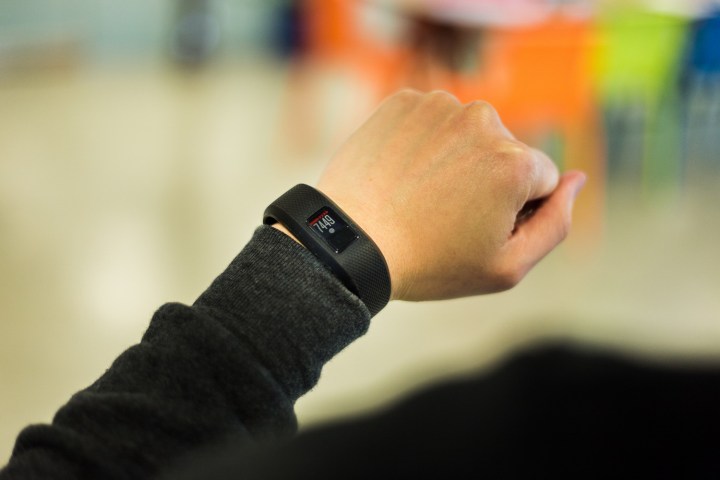AT CES this year, Finnish brand Withings introduced the U-Scan, a puck-shaped device that hangs by your toilet bowl to scan your urine for ketones and hydration levels. Scientists want to find out a lot more medical information from your urine sample than just how much water you sipped during the day – right from the comfort of your home.
Experts from the Kyung Hee University Medical School and Korea Institute of Materials Science have developed what they call a strip-style urine sensor that can be used to identify signs of pancreatic cancer and prostate cancer. As per the research, the sensor enhances the light signals from the target metabolites in your sample. In other words, peeing on the strip can help you detect a possible cancer diagnosis.
Why urine is key to cancer screening

The biggest advantage is the lowered cost of cancer screening. The team says the production cost of each cancer diagnosing strip is just KRW 100, which roughly translates to less than 8 cents per strip. Moreover, the team is also working on tweaking the sensor so that it can identify more types of cancer affecting the intestines and lungs.
The core idea here is that when cancer cells grow, they undergo a different kind of metabolic reprogramming to quench their high demand for energy packets inside the body. That’s because these cells are capable of indefinite cell division cycles for their uncontrolled growth. In doing so, they release metabolites like pyruvates.
What the biosensor does is irradiate the metabolites and enhance their optical signal by over a billion times. “The test device is manufactured in the form of a strip so that cancer can be diagnosed quickly and with high sensitivity in the field,” says the team. For the test, the biosensor only needs about 10 microliters worth of urine sample.
Each cancer-diagnosing strip costs less than a dollar.
When these target metabolites are optically amplified on the sensor surface, they form what scientists call “a coral-shaped plasmonic nanomaterial on porous paper.” This is how cancer diagnosis happens, with some help from artificial intelligence algorithms for analysis purposes. Notably, the sensor had a 99% success rate at differentiating between the urine of a healthy person and folks afflicted with pancreatic and prostate cancer.
There are two key benefits of the sensor breakthrough. First, it can be easily deployed in the field for rapid screening. Second, it will make it a lot less cumbersome, and potentially cheaper, for people to do cancer screening. Many individuals try to track the onset of cancer through annual health checkups, but cancer development is often identified late, enhancing the risk of delayed treatment or death.
How wearables can also help detect cancer

The field of cancer diagnosis is undergoing a revolution right now, one that makes the diagnosis part a lot more convenient. Stanford experts developed a stretchable device called Flexible Autonomous Sensor measuring Tumors (FAST) a few years ago that can monitor tumor activity and automatically transmits the readings to your smartphone via an app.
In 2021, the folks at the City University of Hong Kong created a tiny wearable device that analyses the stiffness of human tissue to look for signs of tumors and other skin ailments. In January last year, a trial called EMBRaCE (Enhanced Monitoring for Better Recovery and Cancer Experience), which relies on commercially available gadgets like a smart ring and the Withings ScanWatch, began in the U.K. — covering patients of blood, lung, and colorectal cancer.
And in 2019, scientists at the University of Michigan developed a wearable device that could “filter” blood to look for cancer biomarkers. Another team at the Memorial Sloan Kettering Cancer Center created a Fitbit-style wearable that does optical biosensing to look for cancer-related biomarkers in the blood and skin tissue.



